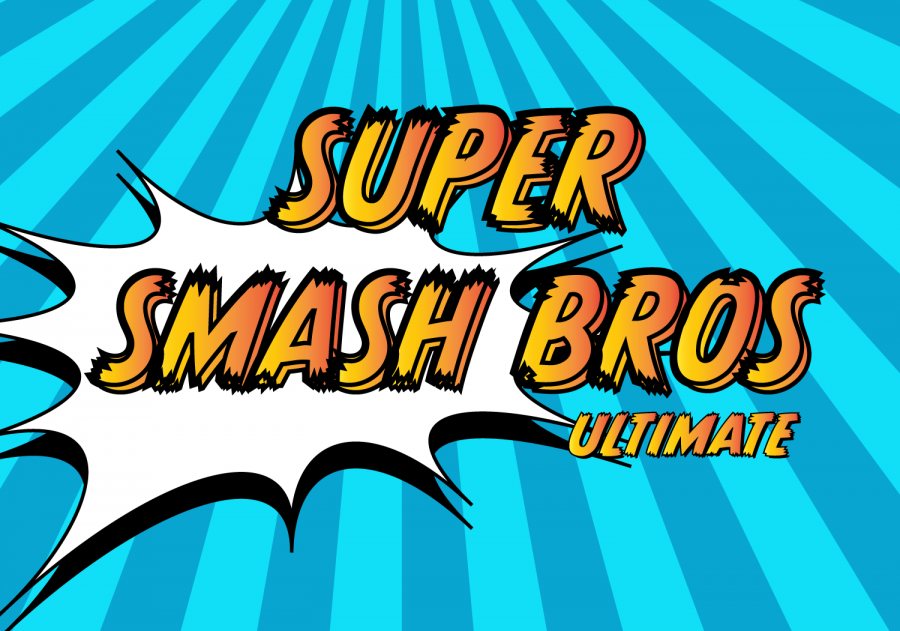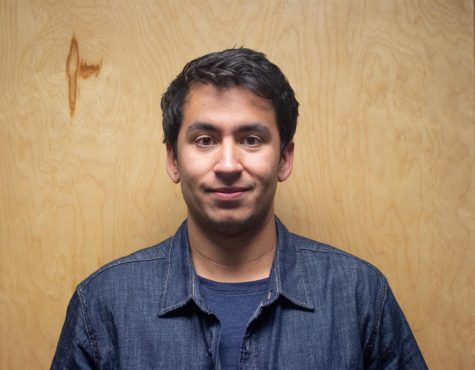Masahiro Sakurai, you may now rest and gaze across a grateful fanbase.
With the addition of Sora, the protagonist of the “Kingdom Hearts” franchise, the final downloadable content character has been added to “Super Smash Brothers Ultimate.”
Fans thought Sora’s addition was impossible due to “Kingdom Hearts” being a shared property of Square Enix and Walt Disney, two companies that have been very protective of their character licenses.
But Sakurai, the creator of the “Super Smash Brothers” franchise, added this character to a historic roster packed to the brim with video game icons spanning generations of games. Sora’s inclusion wraps a bow on a game that started as a simple fighting game featuring Nintendo’s most popular mascot and ended as a cultural celebration of video game history.
The announcement trailer for “Ultimate” stated that “Everyone is Here!” and revealed every single character who has ever appeared in a Smash Brothers game.
From “Super Smash Brothers Melee” came characters like Young Link and Pichu. Pokemon Trainer, the Ice Climbers and Wolf were brought back from “Super Smash Brothers Brawl” while every character added into “Super Smash Brothers” for Wii U and 3DS was brought back into the fold.
This kicked off one of the most ambitious crossovers ever seen in a video game.
Fan favorites such as “Metroid” antagonist Ridley and King K Rool of the “Donkey Kong” franchise were announced to thunderous acclaim from fans. “Animal Crossing”’s Isabelle was a surprise entrant while the Inklings from “Splatoon” were announced in the initial launch trailer.
However, what truly makes “Super Smash Bros Ultimate” so special are the entries not under Nintendo’s wide umbrella of franchises: it is the third-party fighters.
Sakurai was no stranger to adding third-party characters to “Smash Bros. Brawl”’s release in 2008 came with the addition of Solid Snake from Konami’s “Metal Gear Solid” alongside Sonic the Hedgehog from Sega, Nintendo’s longtime rival during the console wars of the early ’90s.
The addition of both characters marked a major milestone for the franchise as the first two “Smash Bros.” games featured only Nintendo characters.
However, it also revealed just how popular the fighting game had become. Legendary game designer Hideo Kojima, the designer of “Metal Gear Solid,” practically begged Sakurai to add Snake to “Melee” while fans clamored for Sonic to be included in “Melee” as well.
The announcement of their addition shattered the Internet. It was seen as the biggest move in Smash Bros’ history and many believed it could never be topped.
Five years later, the announcement trailer for “Smash 4” dropped at E3 2013. The reveal of Capcom’s Mega Man, the third third-party character to be included, electrified fan interest.
Weeks later, Bandai Namco’s Pac-Man joined the fight and represented a fourth pillar of gaming history.
He wasn’t the only one. Ryu from “Street Fighter,” Sega/Platinum’s Bayonetta and Square Enix’s Cloud were all announced as DLC.
Smash 4 also saw character announcements being made in the form of cinematic trailers with integrated gameplay elements to show off what a fighter brought to the table.
Trailers were immediately posted onto Twitter and Reddit, where fans posted their reactions in a live thread.
Then came the final installment of the franchise, which Sakurai worked on every day during its three-year development. Sakurai himself stated this was the final “Super Smash Brothers” game he would design and he didn’t want to disappoint the fanbase.
Immediately, speculation was abound about potential third-party characters that would be announced.
Nintendo pulled out all the stops for “Ultimate,” paying homage to the storied history of video games with new and nostalgic faces. Cinematic trailers reflected different quirks and personalities while also referencing the respective franchises a fighter represented.
Atlus’ Joker literally stole his invitation to Smash Brothers. Square Enix’s Hero saved Link from shadow clones of fighters. Rare’s Banjo-Kazooie, formerly of Nintendo before Rare was sold to Microsoft, was introduced to great fanfare. Terry Bogard of SNK had his invitation float into his hands and Steve from Minecraft left Mario alone against a mob of enemies.
Meanwhile, Square Enix’s Sephiroth and Bandai-Namco’s Kazuya, antagonists in their respective games, ditched the pleasant formalities and went straight to attacking the main cast.
It’s not just the massive roster that makes “Ultimate” so iconic. It’s what it represents.
Representatives from all-time classics are bundled into one game. Classic matchups can be revisited or recreated.
Just playing a regular match is a walk down memory lane of some of the best characters from video games.
So cherish the memories, the music, the trailers and most of all, the characters. There will never be another collaboration of such epic proportions like “Super Smash Brothers Ultimate.”










